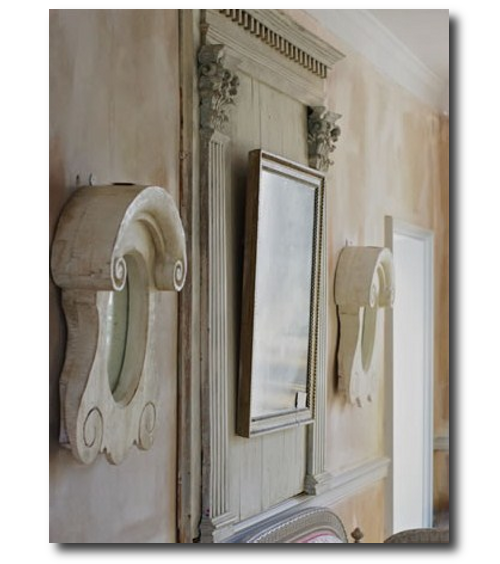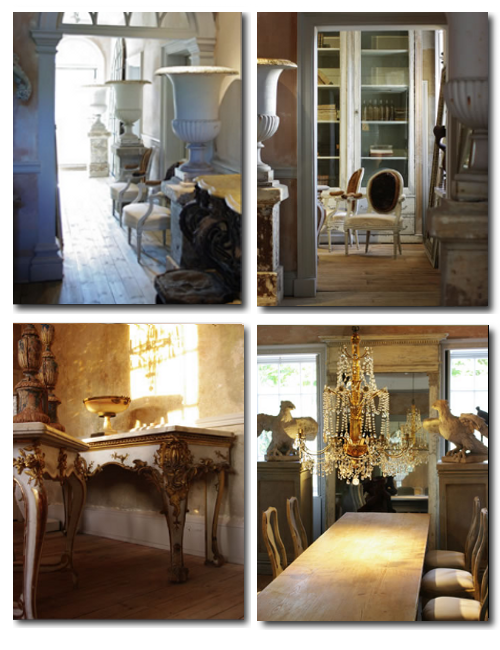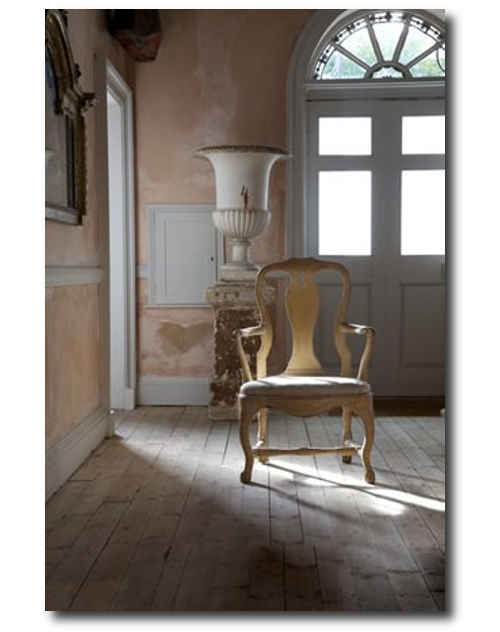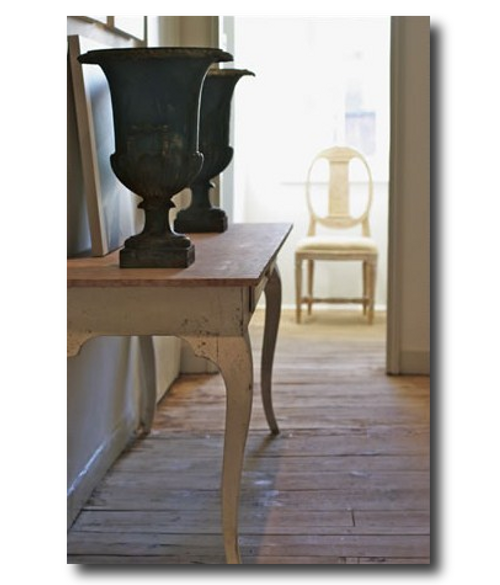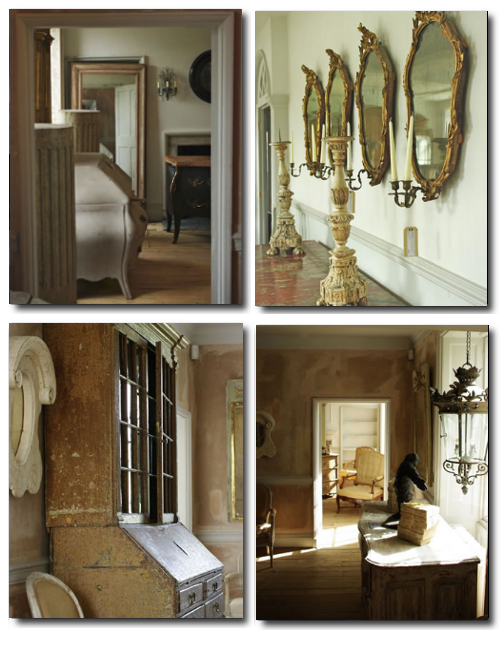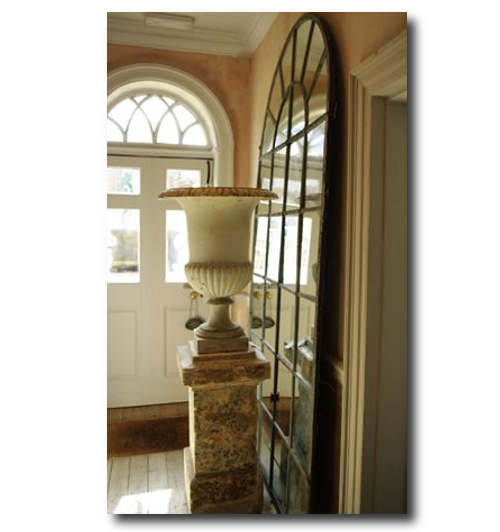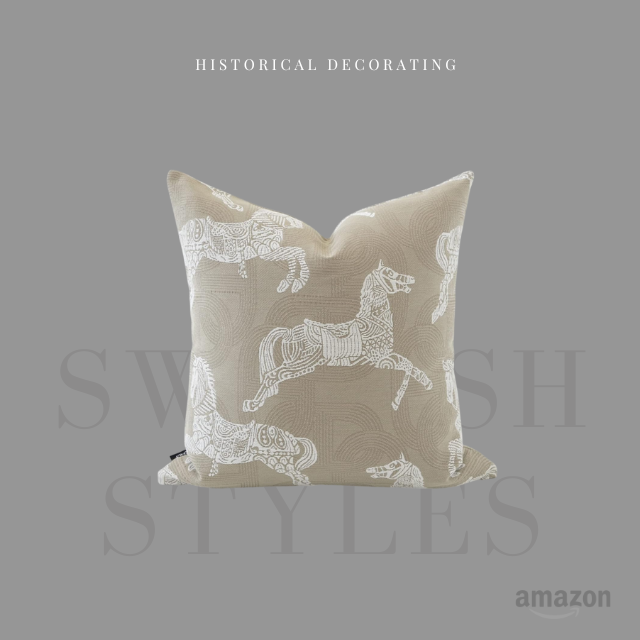
Essential Characteristics Of 18th Century Swedish Interiors
Horse Pattern Jacquard Craft – Amazon
Guest Post by Jason Phillips
The 18th century Swedish interior was a manifestation of neo-classism across Europe. It was made prominent by King Gustav III who introduced different styles of interiors in Sweden when he returned home from his visit to France. In 1771, King Gustav III traveled to France and was impressed with the nature of interiors that he decided to introduce the same back home. At this point in time, the effects of neo-classism had spread to Sweden but its adoption was still low. But with King Gustav’s travel to France, the adoption of foreign mannerisms began to grow. It started with the well-off members of the society but it soon spread across town to the rural areas. Key components of French interiors such as open spaces with natural light became common in Sweden. Living areas that are calm, elegant and airy became the norm. Pale greens, blues, and grays became the preferred decorating colors of the Swedish interiors. Cream, pink and white were other the colors that were used to decorate Swedish homes. Some homes would still spot deeper accents with colors such as ochre, red and gold used for the interiors. There was also the use of rich woods to style the interiors. The woods were used to make furniture, to accent the walls and to make the floor.
The main characteristics of 18th century Swedish interiors.
Here are some of the characteristics of 18th century interiors.
- Simplicity and Comfort.
Designers and homeowners strived to keep their homes as simple as possible. They would also strive to keep their homes comfortable for themselves and their guests. Most homes in Sweden at this time featured open spaces so as to let in as much natural light as possible. This feature was witnessed across the board with the rich in townhouses insisting on open designs just as the locals in country farm houses. The furniture in most homes was designed with in a simple manner so as to keep them as comfortable as possible. They would be decorated with straight line decorations and the ends arched for an appealing look. The sofas had straightened backs and featured lots of cushioning for added comfort. Blankets would be added for warmth and comfort.
- Unique decorations.
The Swedes in the 18th century would use antique items to decorate their homes. Antiques and collectibles would be located strategically in the homes for decoration. They enhanced the ambiance within the homes and made them appealing. Some of the antiques that were used in most homes included tilled and cast-iron stoves that positioned strategically in the living area.
- Natural decorations.
The Swedes would also decorate their homes using natural elements of nature such as fresh flowers, plants, pebbles and sea shells. Those that required care and attention to thrive such as flowers and plants were watered and trimmed so as to keep them fresh. They were positioned close to the windows so as to ensure that they received enough light for prosperity. Natural materials would also be used to make hand-woven decorations. Some of these materials included wood, glass and natural textile elements.
- Surface decoration.
The 18th century Swedish interior also featured surface decorations. The walls in most homes were decorated using floral patterns, checks, and stripes so as to make them much more appealing. Plain and textured fabrics were also used to line walls in some Swedish homes. Another aspect of Swedish interior was decorating the surface of furniture items such as sofas and chairs with stencil decoration, wreaths, and heart motifs.
- Proper lighting.
Sweden is very cold during winter and in an effort to bring in as much natural light as possible, homes would be built with large windows. The windows were lined with roman blinds and fine curtains so as not to obstruct the flow of light. Winters in Sweden are characterized by reduced sun hours and to keep houses well lit, candles and stoves and even chandeliers were common in most homes. Fireplaces were also common just as were table lamps. The fireplaces would also double up as sources of warmth within the household.
Swedish interiors of the 18th century were rich in style and they made the homes beautiful and interesting.
Candles – 12 Pieces – Amazon
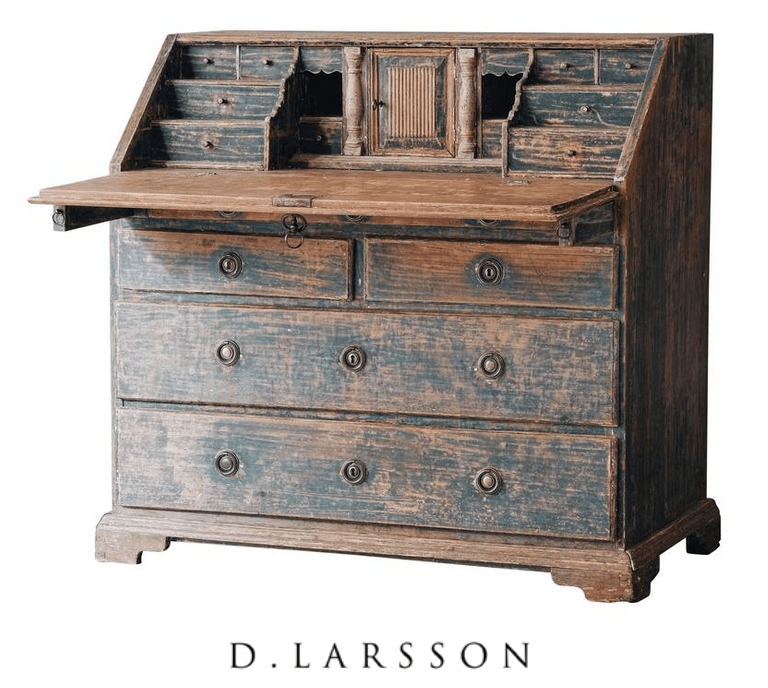
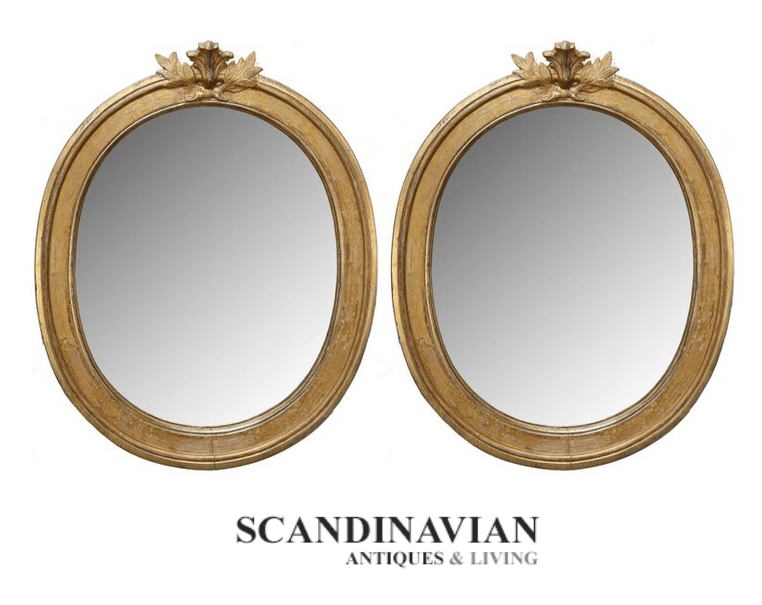 Exquisite pair of antique, Swedish late Gustavian giltwood mirrors. Lovely oval giltwood carved frames with carved oak leaves and cartouche atop each mirror.–Scandinavian Antiques & Living
Exquisite pair of antique, Swedish late Gustavian giltwood mirrors. Lovely oval giltwood carved frames with carved oak leaves and cartouche atop each mirror.–Scandinavian Antiques & Living
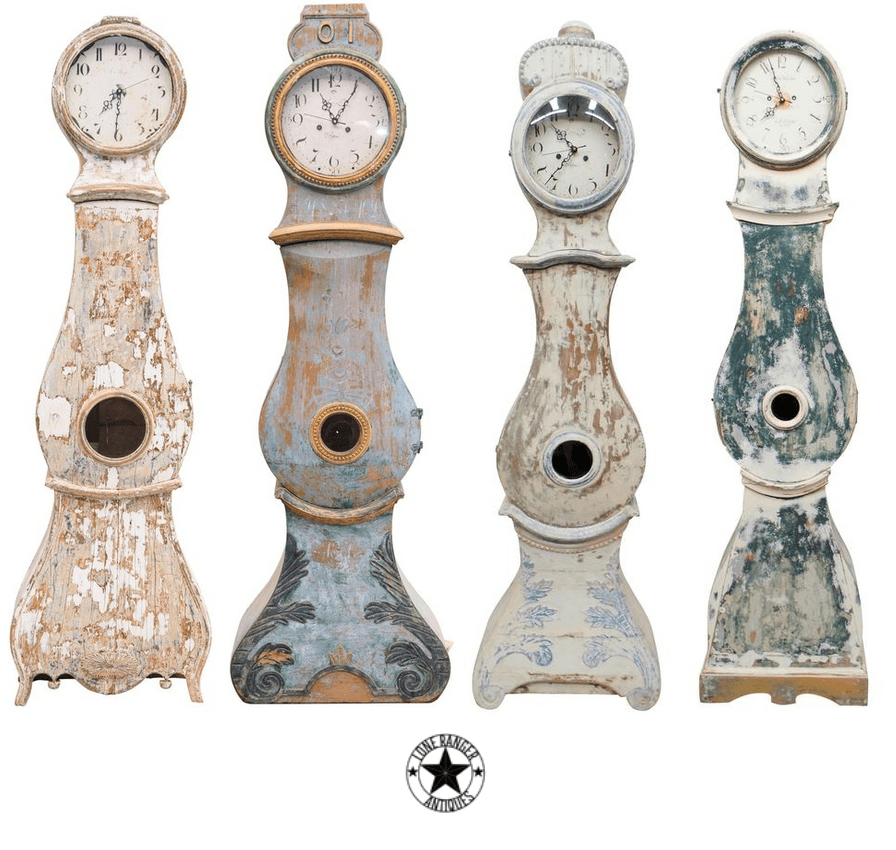 Antique Swedish Clocks From The Lone Ranger Antiques
Antique Swedish Clocks From The Lone Ranger Antiques
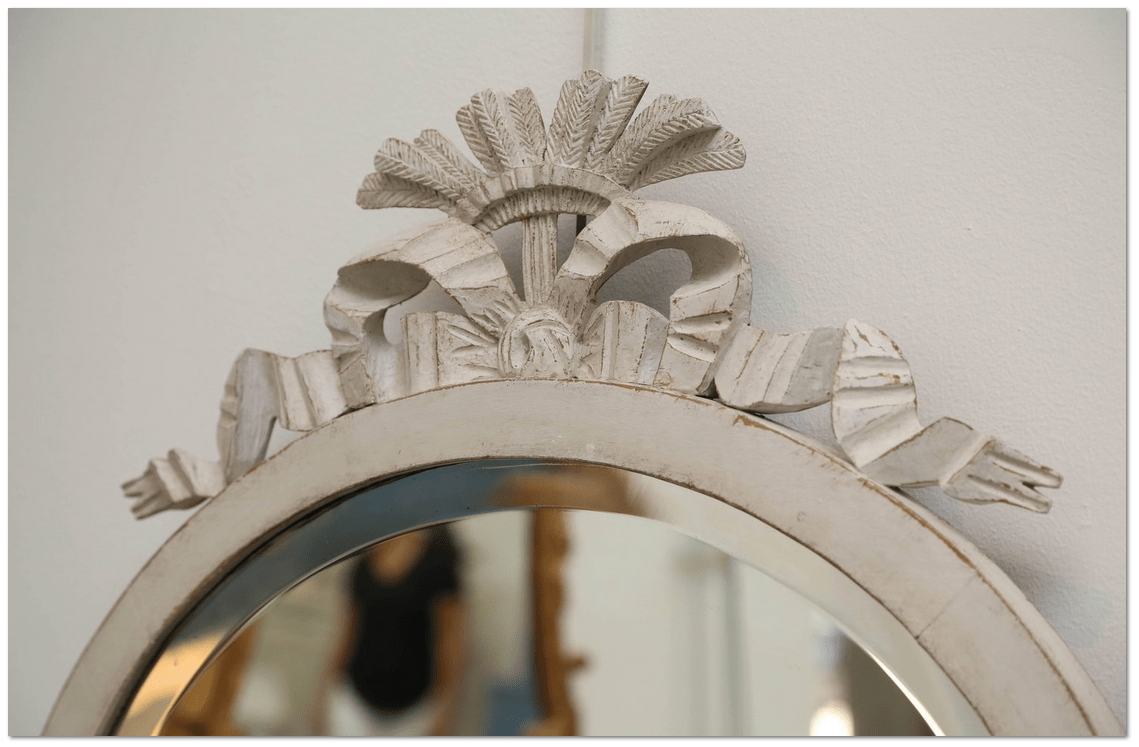 Antique Swedish Gustavian Style White Painted Oval Mirror, Mid-19th Century – Scandinavian Antiques & Living
Antique Swedish Gustavian Style White Painted Oval Mirror, Mid-19th Century – Scandinavian Antiques & Living
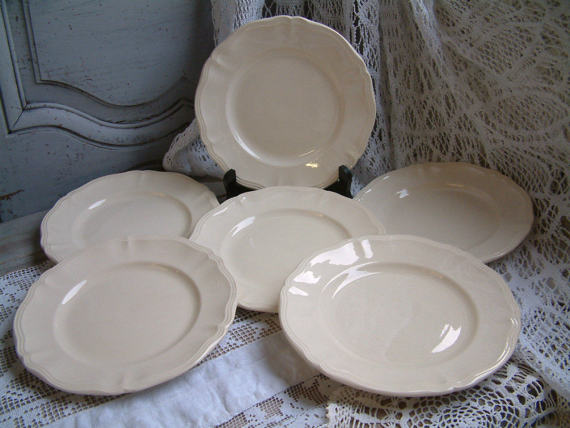 Set of 6 Antique french creamware ironstone plates –Chanteduc
Set of 6 Antique french creamware ironstone plates –Chanteduc
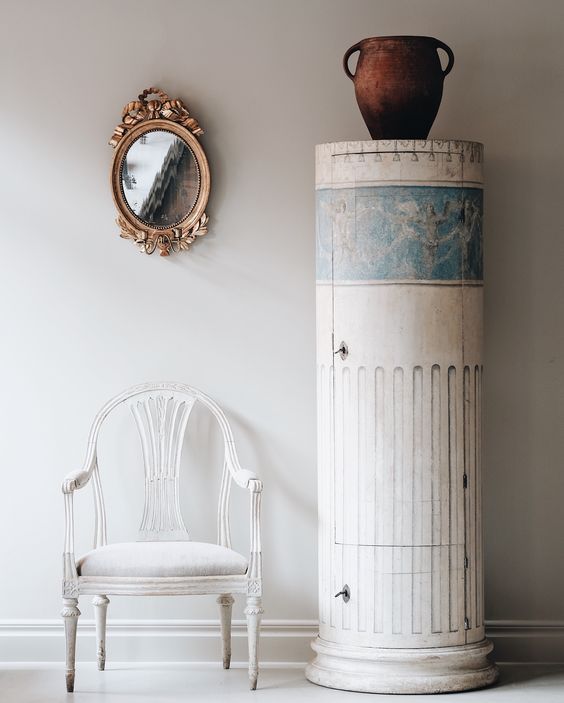 D.Larsson Interiör & Antikhandel
D.Larsson Interiör & Antikhandel
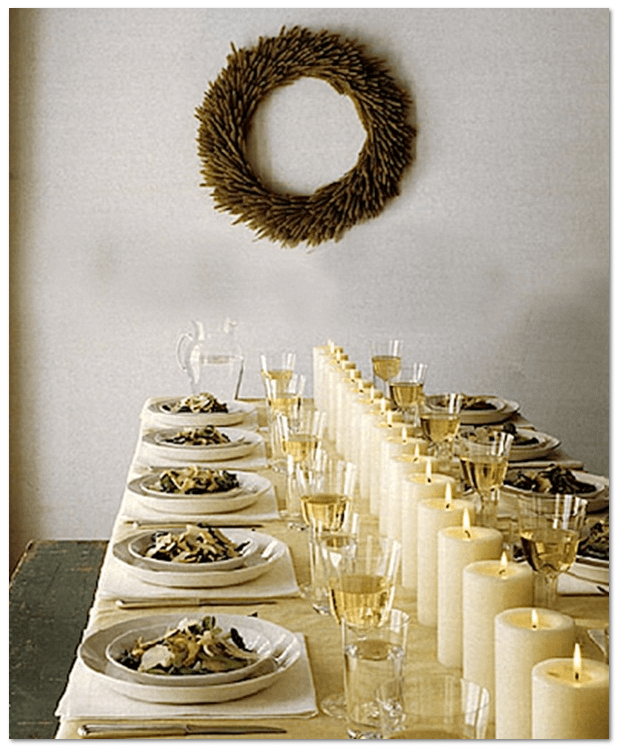 40 Thanksgiving Table Settings to Wow Your Guests – Martha Stewart
40 Thanksgiving Table Settings to Wow Your Guests – Martha Stewart
 Attributed to Jean Marc Nattier
Attributed to Jean Marc Nattier
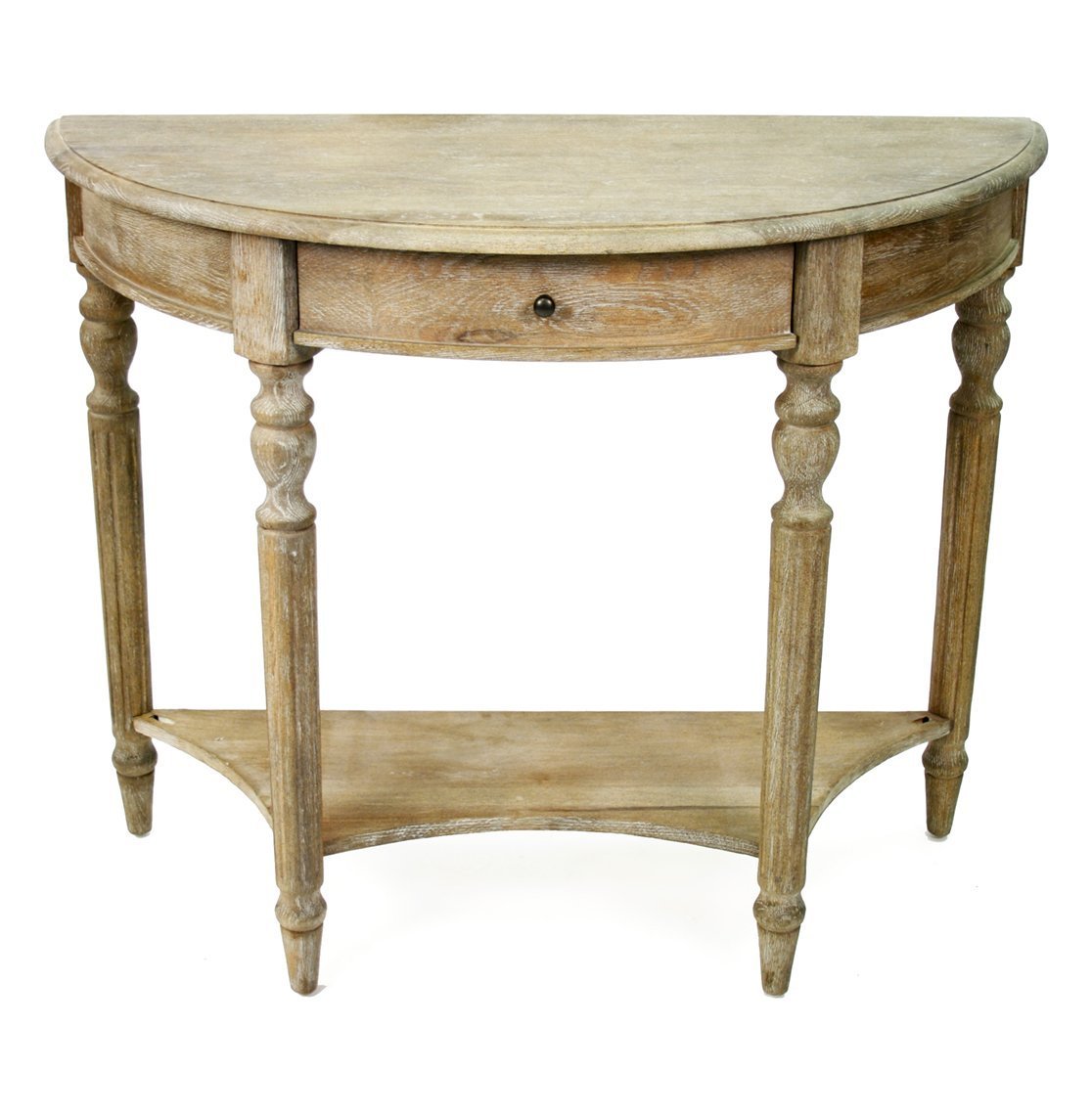 Natural Wood Table From Kathy Kuo
Natural Wood Table From Kathy Kuo
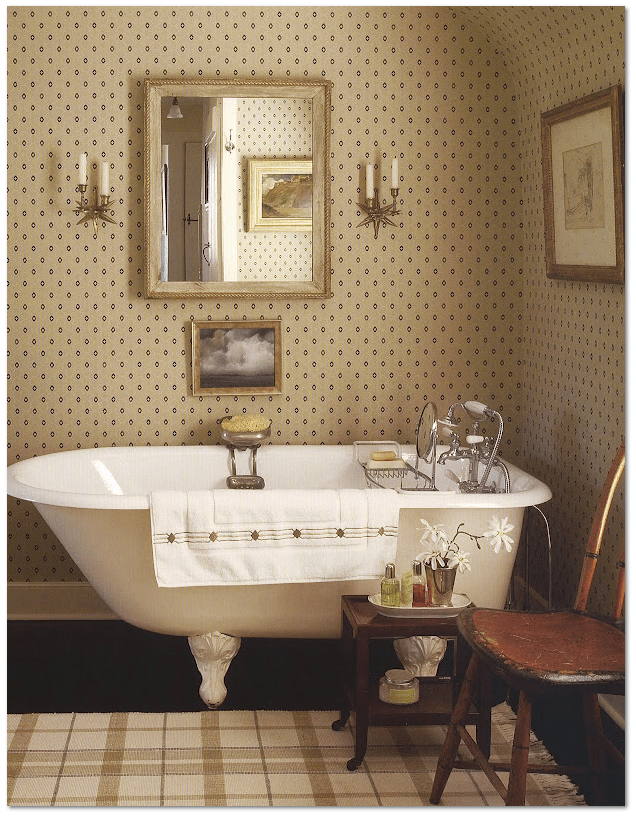 Old Clawfoot Tub – source: viendoraglass.com
Old Clawfoot Tub – source: viendoraglass.com
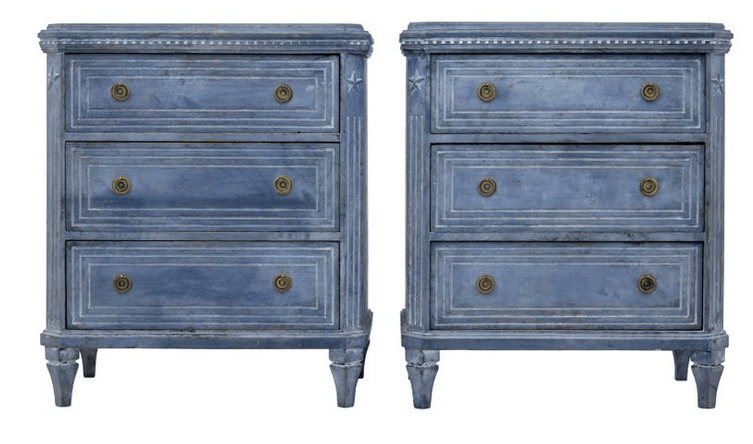 Pair of Small 19th Century Gustavian Influenced Commodes, Debenham Antiques
Pair of Small 19th Century Gustavian Influenced Commodes, Debenham Antiques
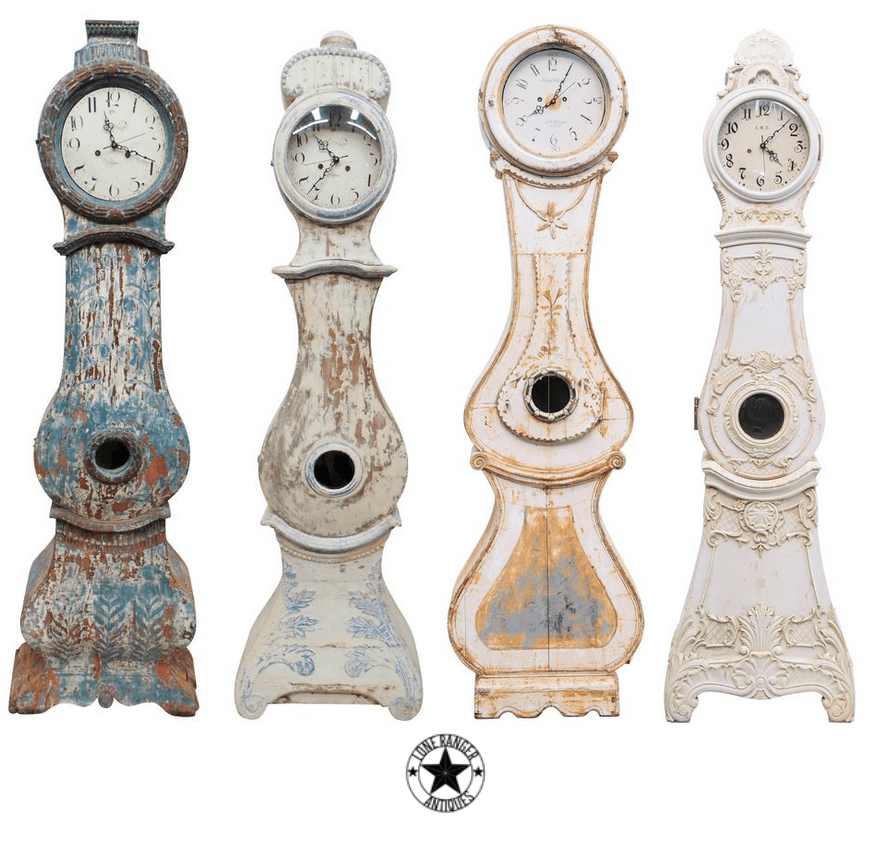 Antique Swedish Clocks From The Lone Ranger Antiques
Antique Swedish Clocks From The Lone Ranger Antiques

Study Shows The Gustavian Period Has Defined All Tastes Through Time In Sweden
A New Dissertation From Uppsala University Shows How Gustavian Style Has Defined Swedish Tastes In Art
Why has the neoclassical Gustavian style become so prominent in the Swedish self-image? A new dissertation from Uppsala University shows how researchers in art history, along with museums, commercial enterprises and the monarchy, have contributed to preserving and conveying the Gustavian style.
“An important reason for the extreme strength of the Gustavian style ideal,” says Hedvig Mårdh, doctoral student at the Department of Art History at Uppsala University, “is that it managed to unite a series of seemingly contradictory movements during the 1900s, such as tradition and modernity, and nationalism and internationalism, and that it has become part of various utopian visions.”
The Gustavian style, connected to the 18th century and Gustav III and Gustav IV Adolf, has been intimately associated with what has been designated as specific Swedish cultural heritage, linked to Swedish tastes and interior design. The style has generally been highly esteemed by both museums and art historians, who have produced national and international exhibitions and publications and have also contributed to successful furniture production from the late 19th century through today, including both IKEA’s line of 18th-century furniture as well as more small-scale production.
It’s about recurring re-use, in the form of copies, reconstructions and staging of the period. In her dissertation A Century of Swedish Gustavian Style: Art History, Cultural Heritage and Neoclassical Revivals from the 1890s to the 1990s, Hedvig Mårdh studied three periods that all illustrate the re-use of the Gustavian period in different ways: the 1890s, which saw the emergence of art history as a discipline, and of museums and cultural heritagethe period 1930-1940, when the production of period furniture existed concurrently with functionalismthe 1990s, a decade characterised by a cultural heritage boom, economic crisis and the search for a national identity in a European context.
Read more at eurekalert.org
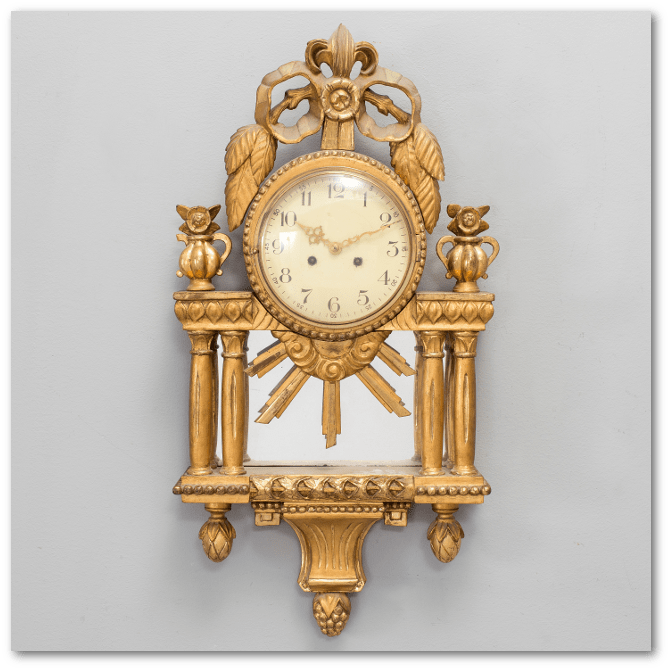
Gustavian style, 20th century Wall Clock, Bukowskis
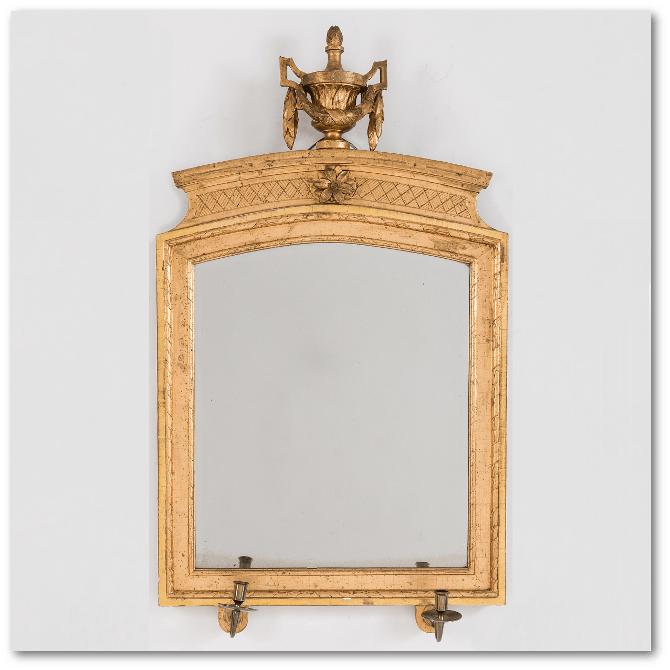
A gustavian wall sconce from around 1800, Bukowskis
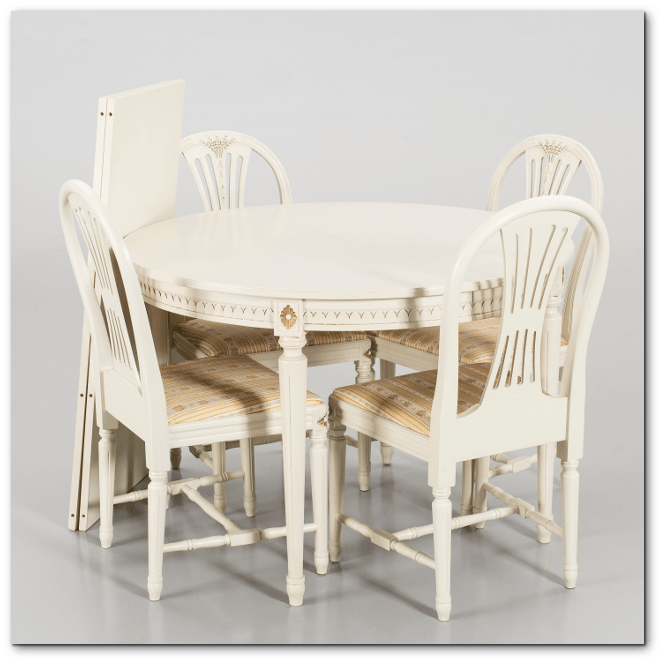
A Swedish gustavian style 5 pcs dining furniture, Bukowskis
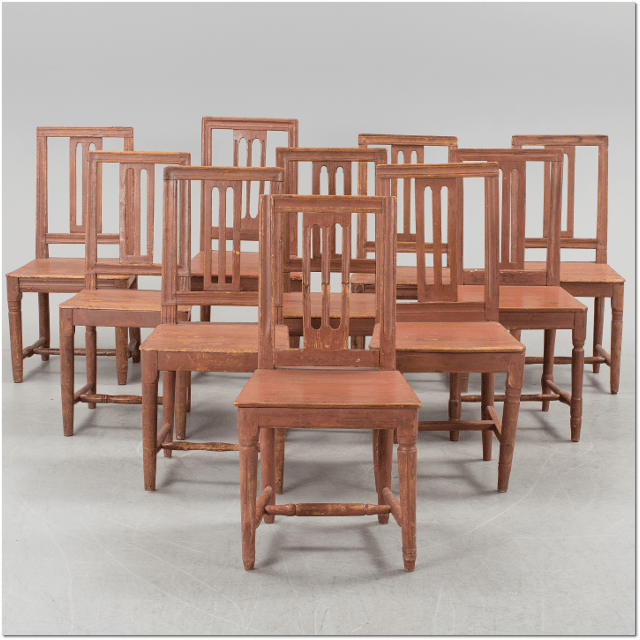
Ten Swedish Gustavian chairs, early 19th century, Bukowskis
All these images are found are bukowskis.com
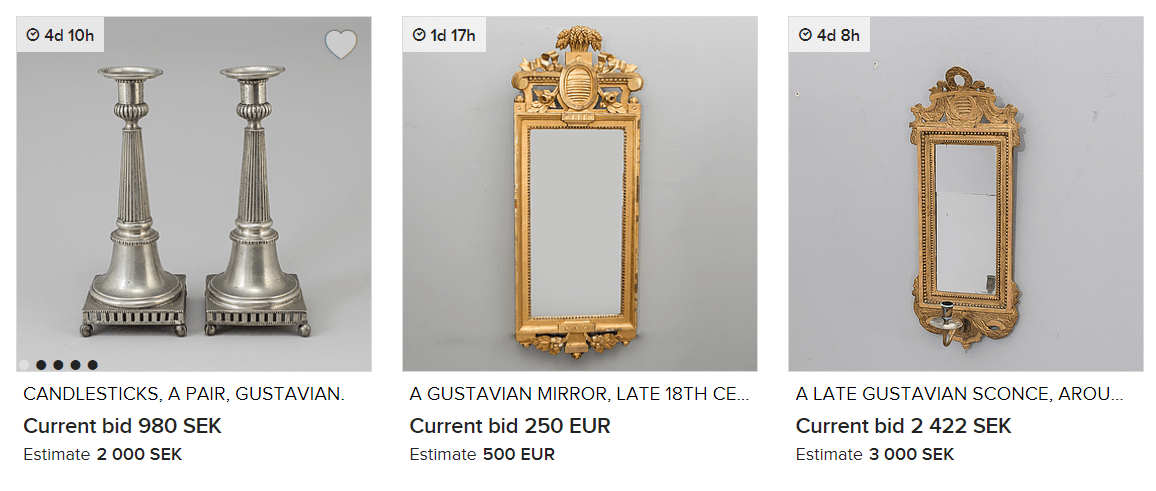

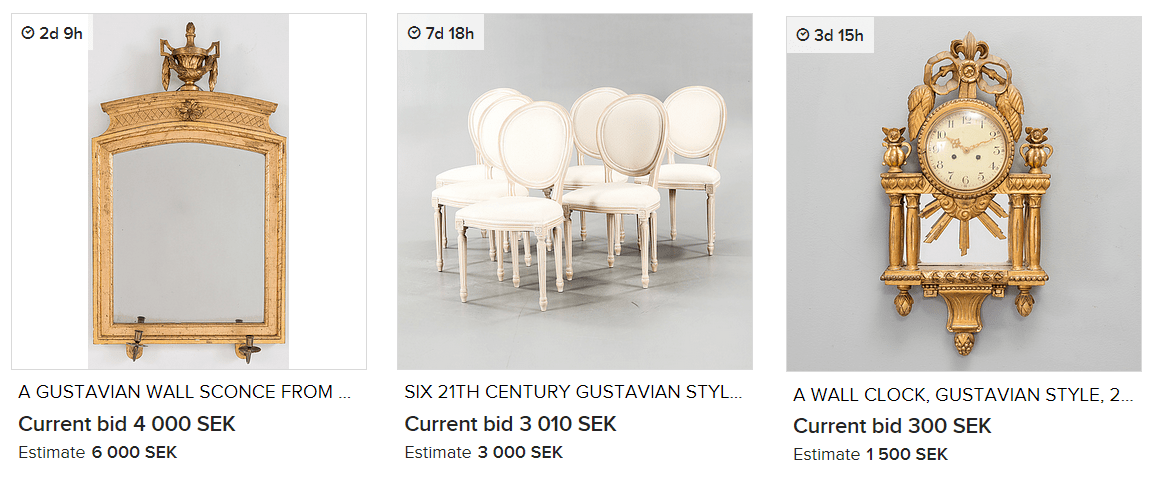
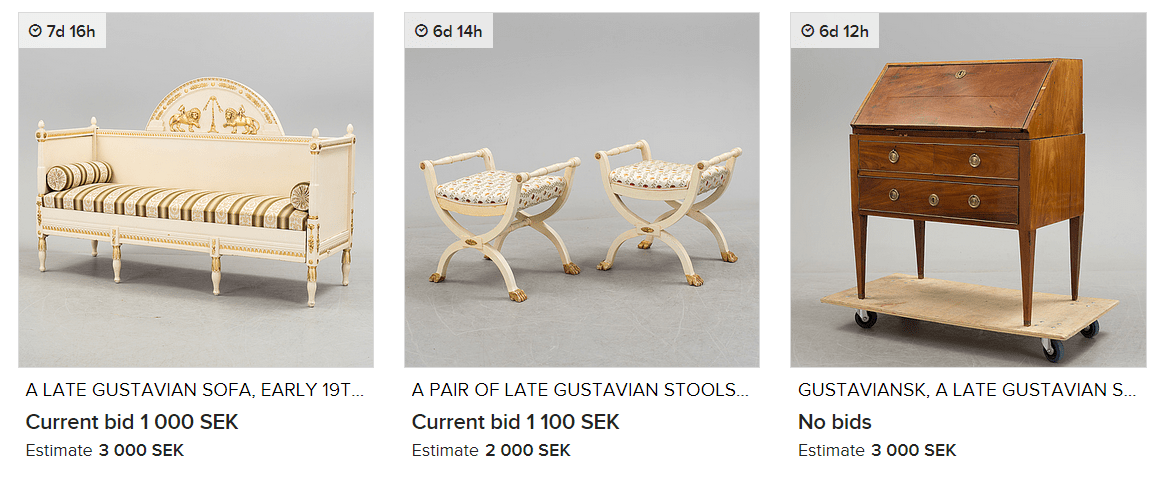
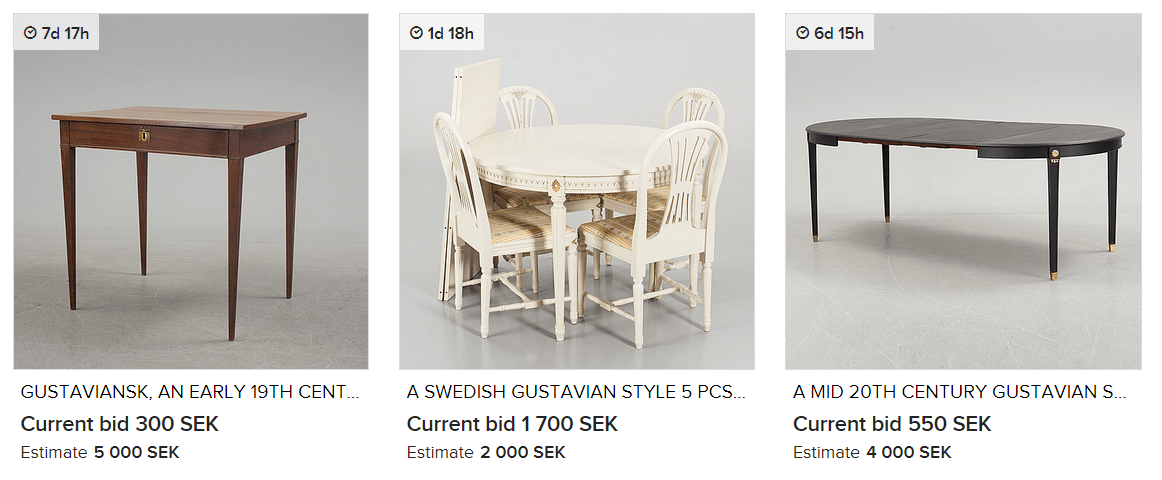
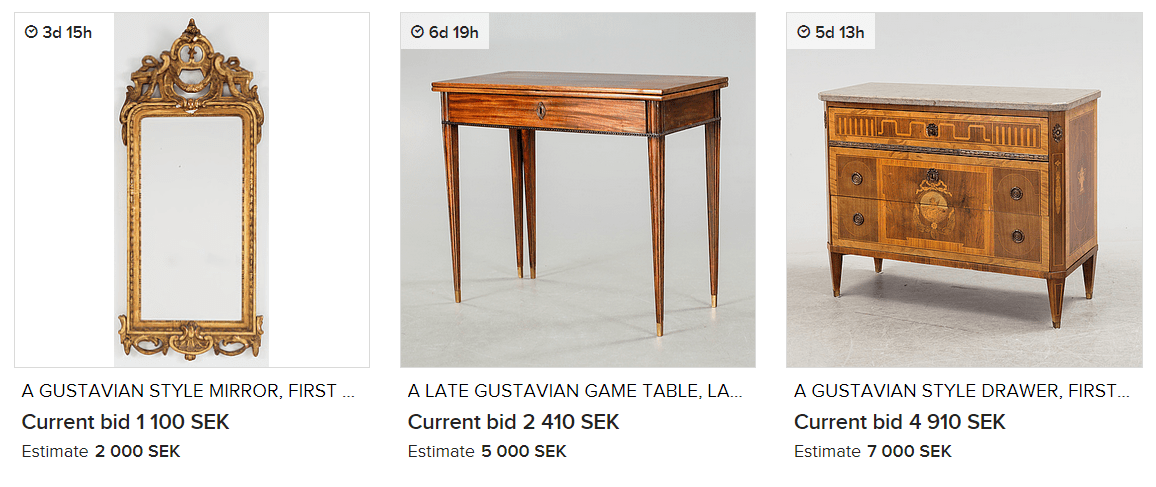
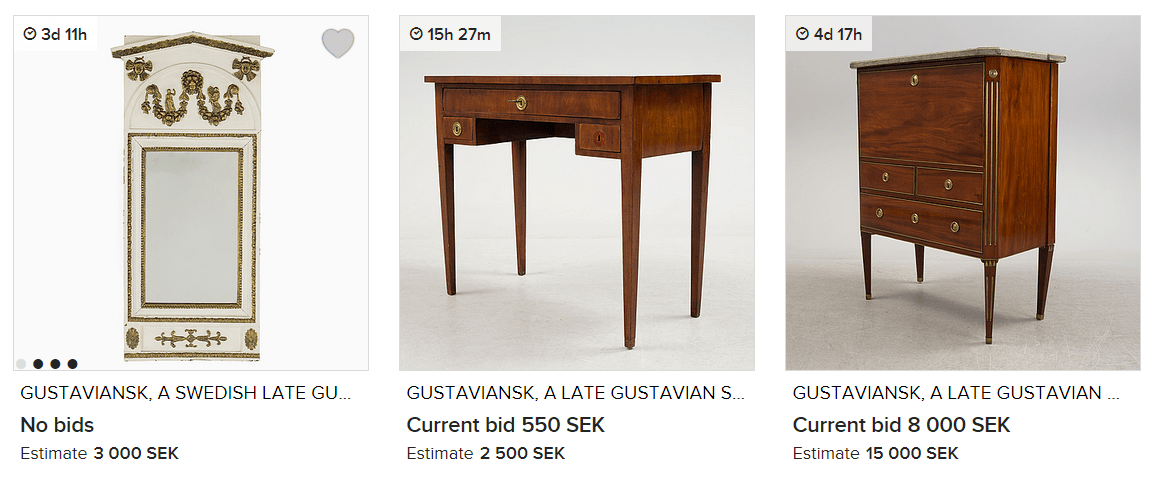
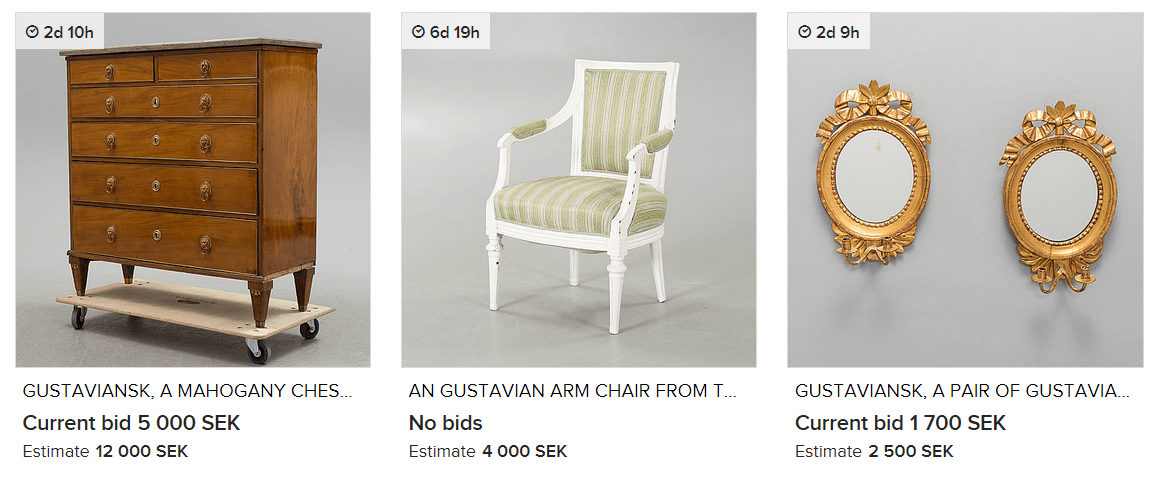
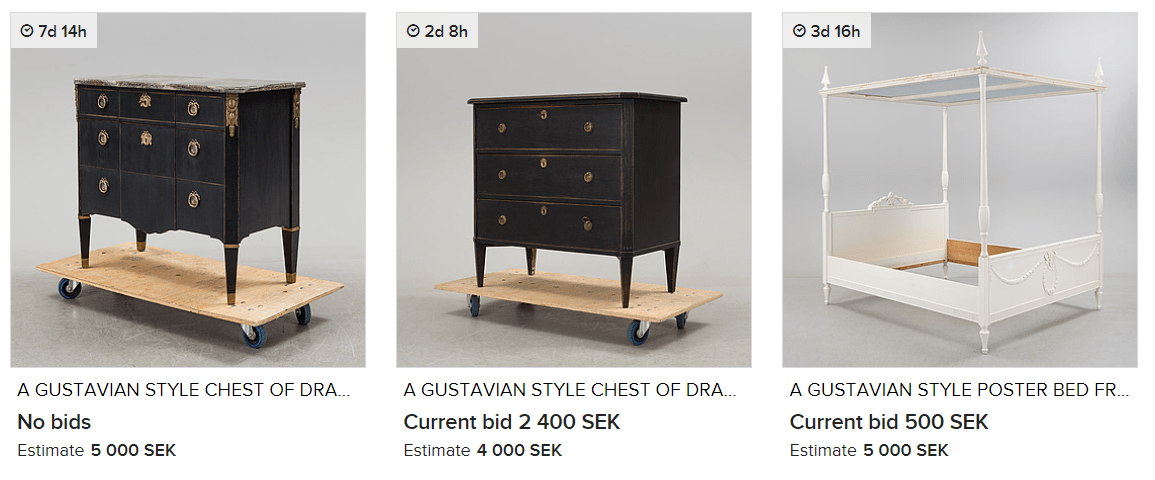
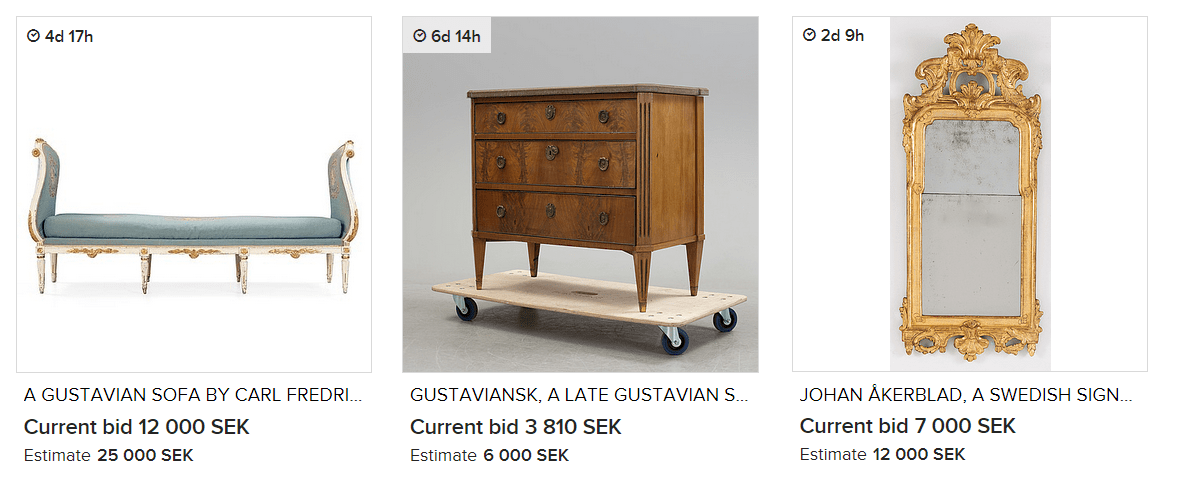

All these images are found are bukowskis.com
Leading Antique Dealer In 17th & 18 Century Furniture -Augustus Brandt Antiques
I have to say I am so thankful to Inspiring Interiors Blog for discovering a rare jewel on the internet. I haven’t been so excited than I am now, in a long time.
I adore Swedish antiques, and it is even more thrilling to see them showcased in 17th and 18th century stylings. Augustus Brandt Antiques, not only has incredibly captivating antiques, but their dramatic interiors are breathtaking.
Augustus Brandt is based in the UK. They specialize in English,Scandinavian, French, Italian and architectural antiques.
Looking through their website, you will see countless drop dead gorgeous antiques in magazine worthy interiors, all which can give you inspiration for faux finishings, interior paint color selections, and furniture selection ideas.
Our hats are off to Augustus Brandt Antiques for spectacular Gustavian inspiration!
Lets cross our fingers and hope they come out with a book that we can buy!
Scandinavian Gustavian Swedish Decorating- Augustus Brandt Antiques
Scandinavian Gustavian Swedish Decorating- Augustus Brandt Antiques
Scandinavian Gustavian Swedish Decorating- Augustus Brandt Antiques
Scandinavian Gustavian Swedish Decorating- Augustus Brandt Antiques
Scandinavian Gustavian Swedish Decorating- Augustus Brandt Antiques
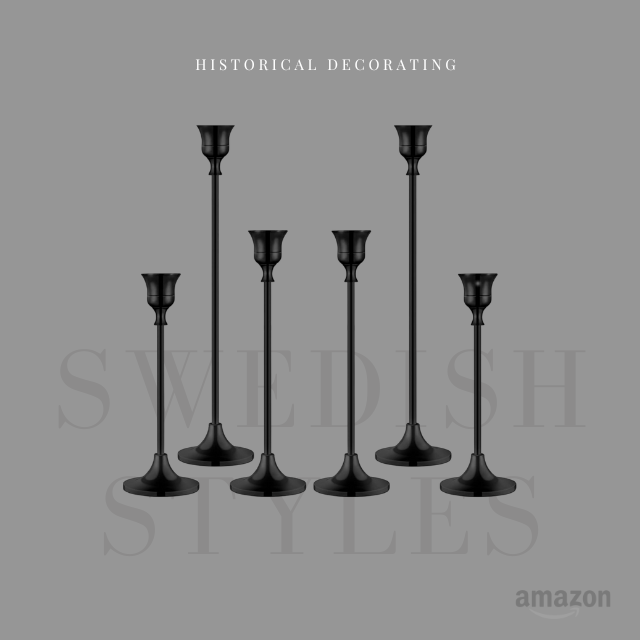
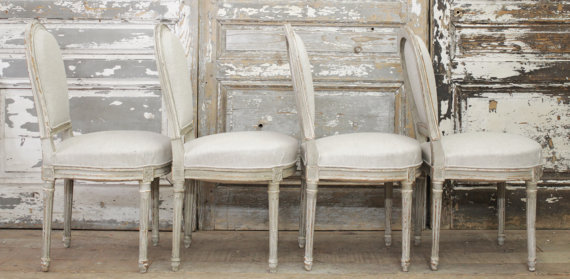
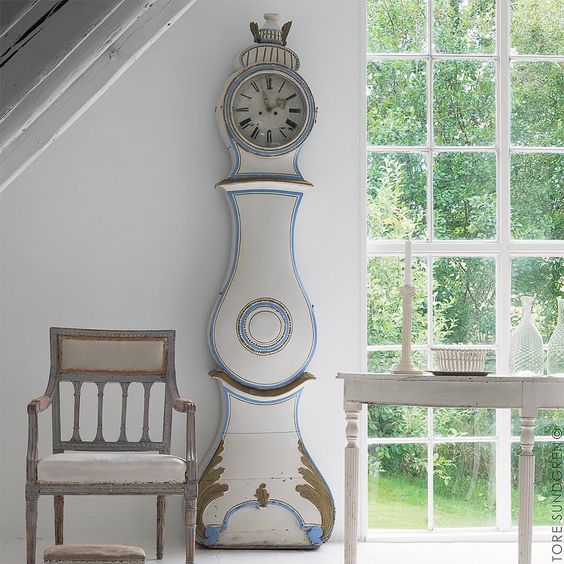 Nina Hartmann
Nina Hartmann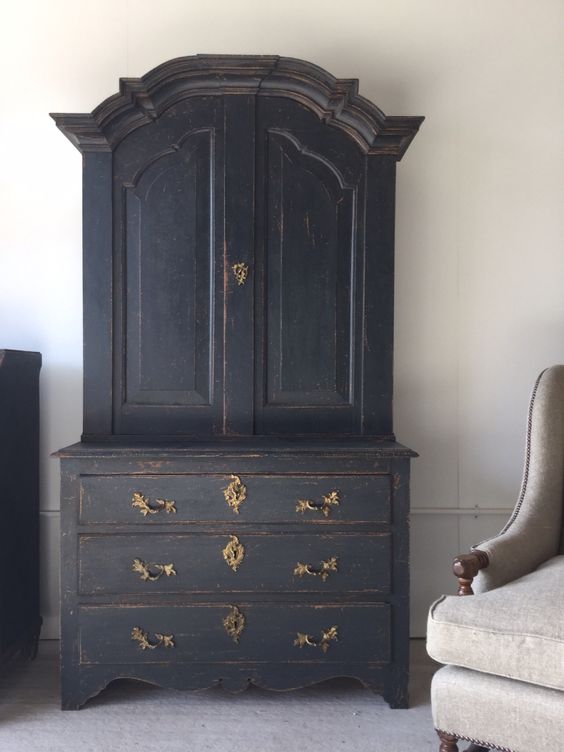 antonandk.co.uk
antonandk.co.uk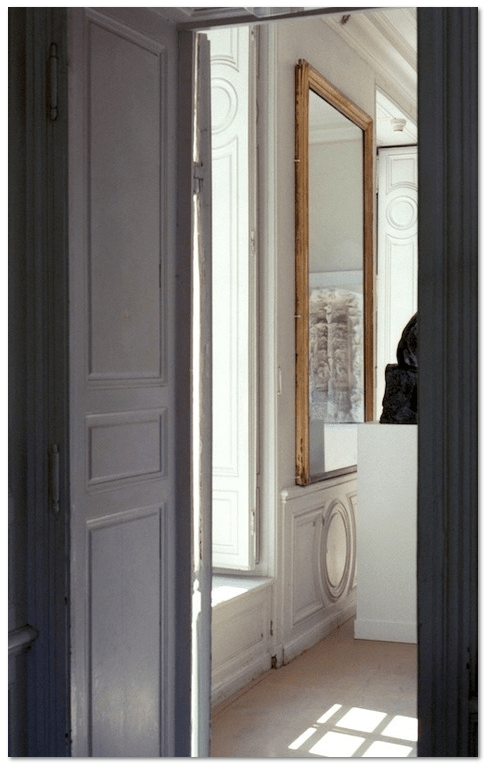 Habitually Chic® » Grey Day
Habitually Chic® » Grey Day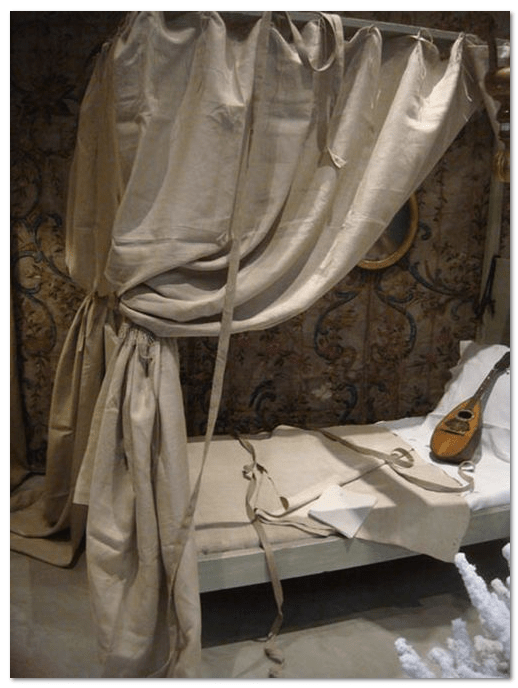 The Paper Mulberry
The Paper Mulberry